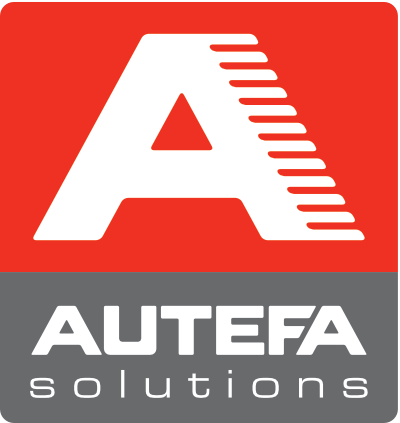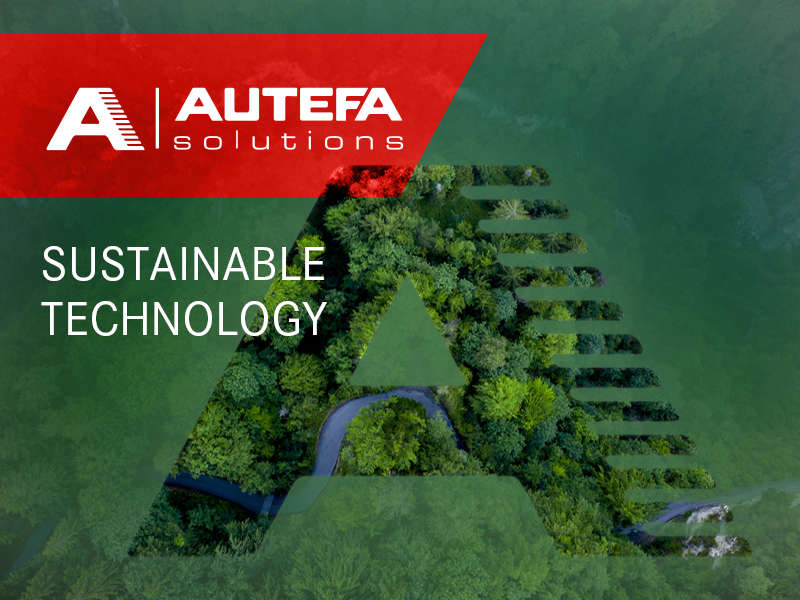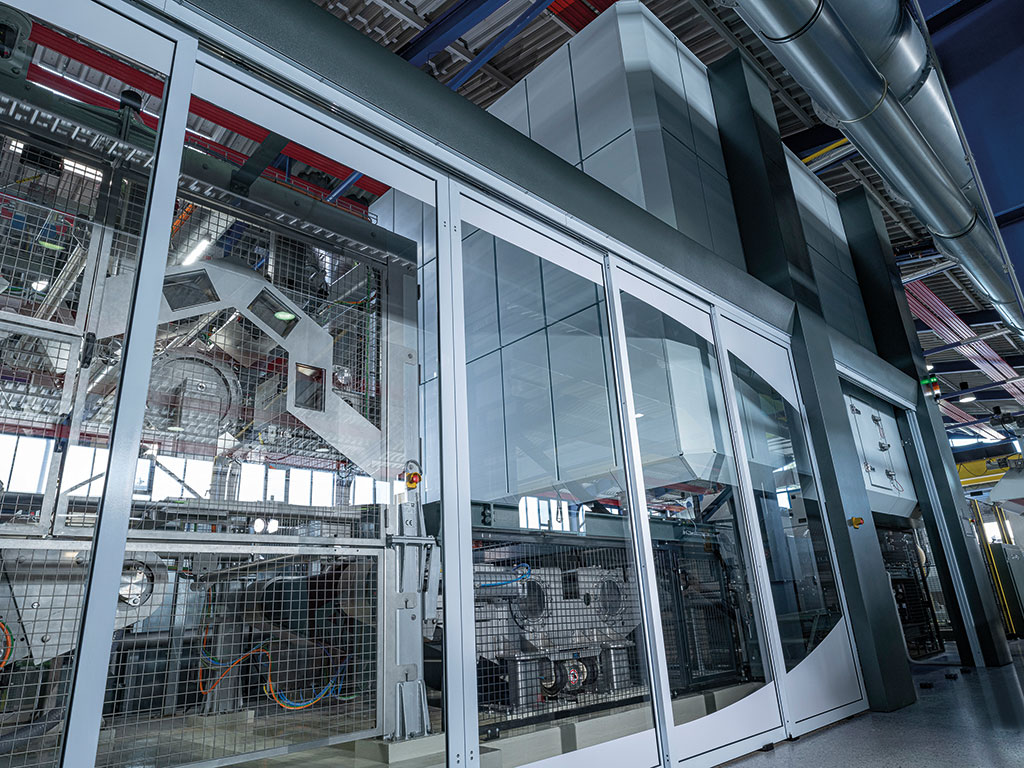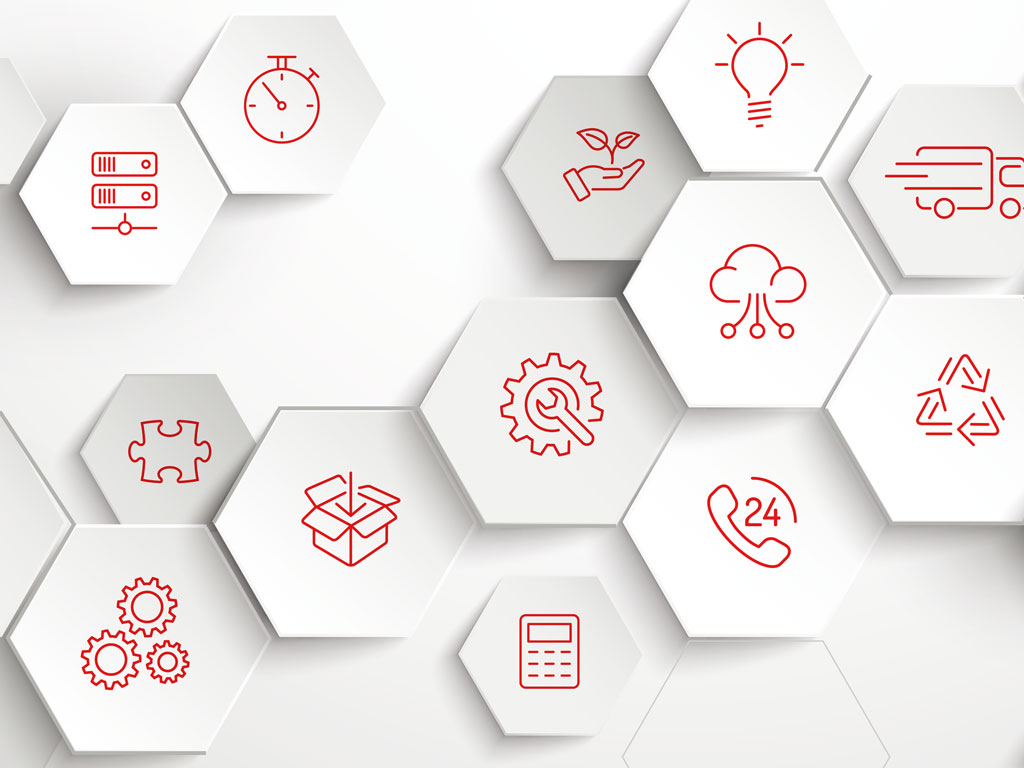Assessments for Spunlace Lines
The high energy consumption of spunlace nonwoven lines is mainly due to water and drying intensive processes, water treatment and high mechanical requirements. The reason for the high energy consumption is the hydroentanglement process, where large quantities of water are formed into water jets under high pressure. This causes the fiber web to solidify. At the same time, the applied water must be extracted in a first step and separated from the fibers in a second step by subsequent drying of the product.
Efficiency improvements can be achieved by optimizing water consumption, water pressure, dewatering, and heat recovery in the drying process and by using energy-efficient technologies.





